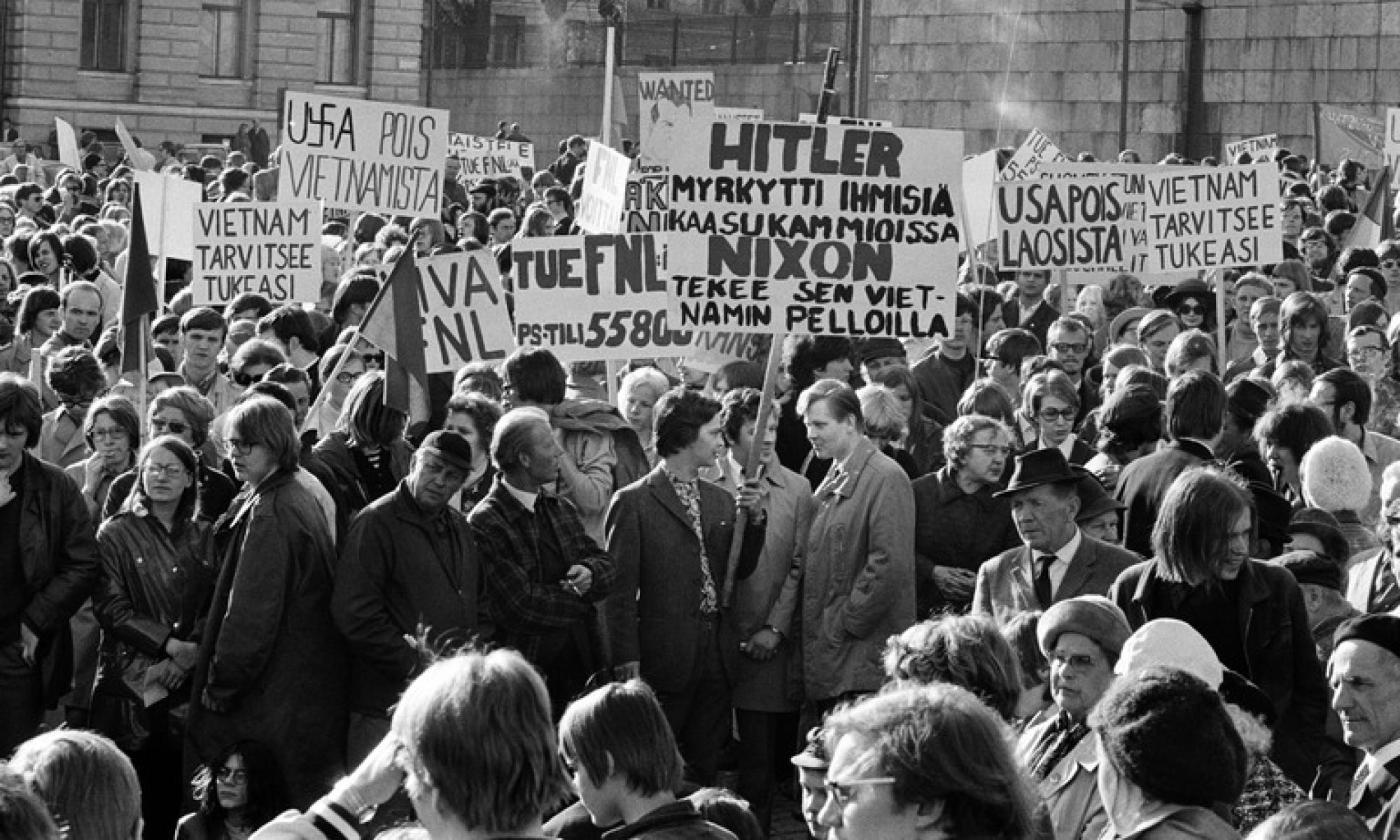The project sets to find out how theories of political violence manage to explain the low levels of political violence in the post-war Finland and what kind of factors contribute to resilience to political violence.
The main focus is on the periods of transnational waves of such political violence in post-war Europe. Previous research has identified periods during which similar kind of aspirations, ideologies and models have inspired the use of violent methods in different European countries (and in some cases even globally). The most important of the recent waves are the New Left violence (from the late 1960s until late 1980s), Radical right violence (1990s) and Salafi-Jihadist violence (2000s, still ongoing).
The ideologies and models associated with these transnational waves of political violence have found supporters in Finland too. During all three waves, there has been at least some level of concern among politicians and policymakers that such attacks as were transpiring in other countries could also take place in Finland. Actual violent attacks have, however, been few thus far.
The project consists of five subprojects which are united by a common analytical framework:
- Subproject 1: Governing the threat of political violence, 1968-2017 (Leena Malkki & Juha Saarinen)
- Subproject 2: Why there was no Finnish Red Army Faction (Leena Malkki)
- Subproject 3: Extraparliamentary Far Right Extremism in Post-Cold War Finland (Daniel Sallamaa)
- Subproject 4: Emergence of global jihadism in Finland, 2012-2017 (Juha Saarinen)
- Subproject 5: Oppositional milieus in contemporary Finland (Karin Creutz)
